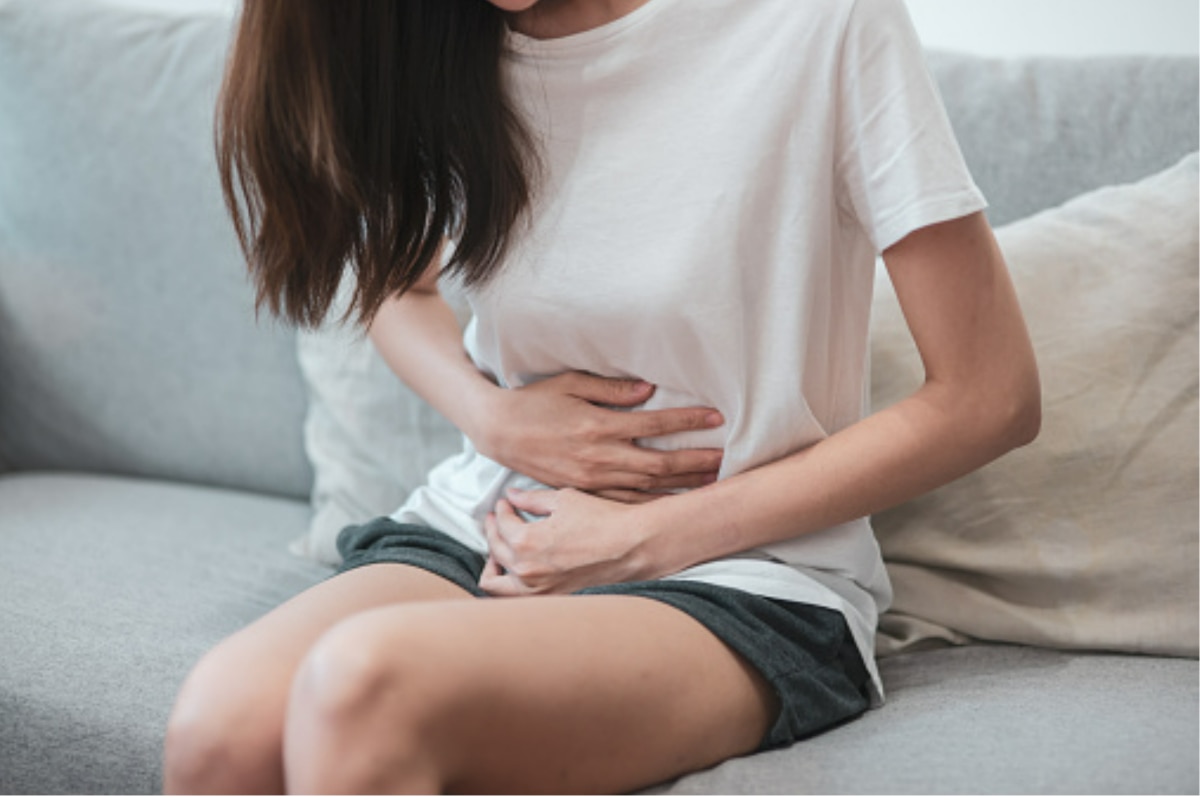9 out of 10 women, on average, complain of period pain, while around 20% of women experience severe period pain and excruciating cramps that can interfere with daily activities.
Most women experience menstrual pain from menarche to menopause. According to statistics, nine out of ten women report menstrual pain, although they state that the pain disappears between the ages of 20 and 30. It is possible that it is a primary dysmenorrhea with no known cause. However, the cramps can be so painful for some people that they interfere with their usual tasks. This is often seen in people who have secondary dysmenorrhea, caused by endometriosis.
However, there may also be other conditions that cause excruciating menstrual pain. Extreme cramps can also have other underlying reasons. Also, it could lead to a general increase in pain sensitivity rather than just during the menstrual cycle. Richa Pendake, founder and CEO of Nutrizoe, examines additional factors that can contribute to period cramps, as well as possible preventative measures.
4 POSSIBLE CONDITIONS AND REMEDIES TO HELP YOU ESCALATE THE PAIN
1. Endometriosis: A gynecological condition in which cells from the lining of the uterus are found in the fallopian tubes, the tissue lining of the pelvis, and the ovaries. The condition causes blood-filled cysts, internal bleeding, and in some cases, intestinal symptoms.
Treatment: It is recommended to practice yoga and relaxation techniques regularly. Try to include turmeric and anti-inflammatory foods like green leafy vegetables, blueberries, ginger, etc. You can also take anti-inflammatory drugs before the start of your periods.
2. Pelvic Inflammatory Diseases (PID): Caused by untreated sexually transmitted infections (STIs), pelvic inflammatory diseases affect the female reproductive tract with symptoms such as inflammation, painful menstrual cramps, scarring, infertility, etc.
Treatment: Antibiotics can help treat PID in its early stages. Practice safe sex and get regular tests for sexually transmitted diseases if you have the above symptoms.
3. Uterine Fibroids: These non-cancerous growths of the uterus can range from microscopic in size to large enough to alter the shape of the uterus. Although it may not be a concern for some, fibroids can affect some seriously.
Treatment: Pelvic muscle massages help relax them and reduce inflammation, which reduces cramps. A warm bath can also be therapeutic. You can consult the specialist if you are facing extreme pain during periods and large blood clots.
4. Copper IUD (intrauterine device): It is a temporary, non-hormonal contraceptive device used to prevent pregnancy for up to 10 years. However, they tend to disrupt the menstrual cycle making them painful and heavier during the initial cycles after their insertion.
Treatment: If you are facing worsening menstrual pain years after having your IUD inserted, it is best to consult your gynecologist.
OTHER EFFECTIVE REMEDIES TO REDUCE THE PAIN OF PERIOD
- Using a heating pad in the pelvic area
- Maintain a regular exercise regimen
- consuming light
- Functional Foods
- Ensure regular intake of multivitamin supplements
- Reduce the consumption of salt, caffeine, sugar, etc.
While there’s no substitute for expert diagnosis and treatment for menstrual pain and cramps, home remedies are great for short-term comfort and can help you better understand your unique situation.
